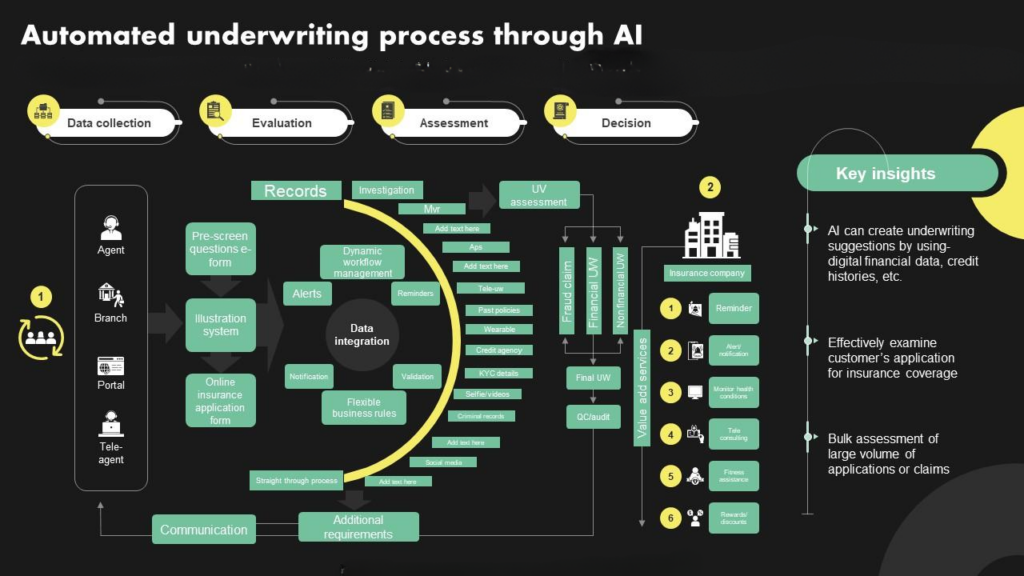Navigating Asset Management Challenges in Utilities: Solutions to Streamline Operations and Maximize ROI
Asset management in the utility industry is essential as it requires the systematic planning, use, and maintenance of physical assets throughout service to ensure longevity.
Read more



